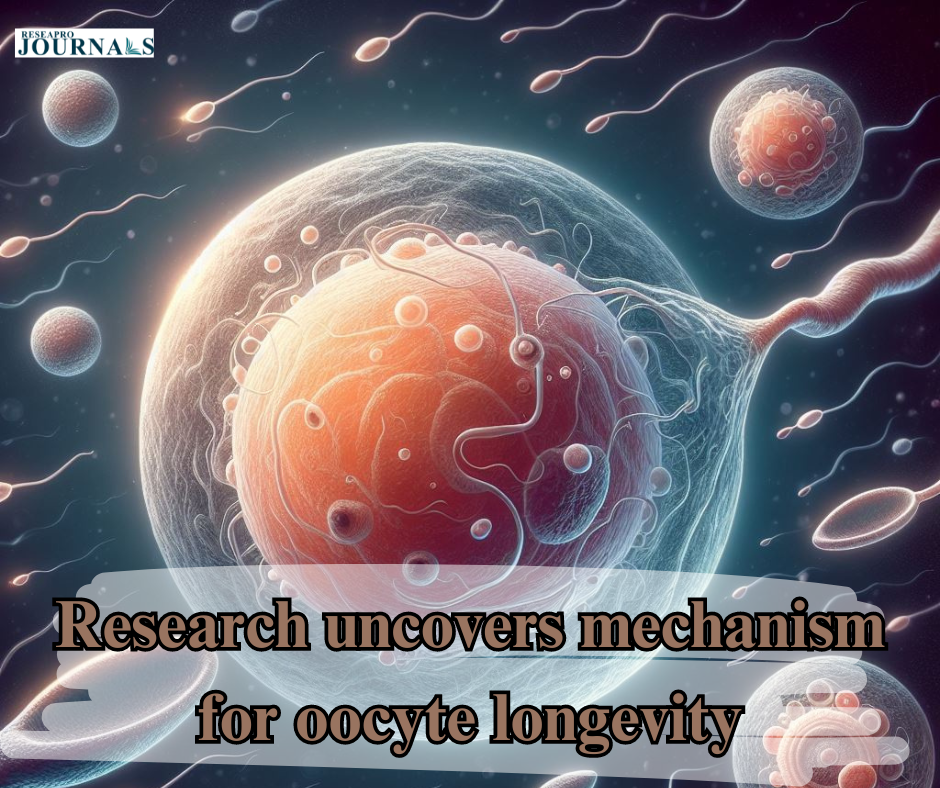
A recent study has made a significant breakthrough in understanding the longevity of oocytes, the female reproductive cells. The research unveils a mechanism that sheds light on why oocytes can remain viable for extended periods.

The study focused on investigating the cellular processes that contribute to the longevity of oocytes. Researchers discovered a novel mechanism involving specific proteins and enzymes that help protect oocytes from aging-related damage. These proteins play a crucial role in maintaining the integrity of oocytes’ genetic material and cellular structures over time. Additionally, the study identified signaling pathways that regulate the activity of these protective proteins, offering new insights into how oocyte longevity is regulated at the molecular level.
Furthermore, the research suggests that interventions targeting these pathways could potentially enhance oocyte longevity and improve fertility outcomes in women. Understanding the mechanisms behind oocyte longevity is essential for addressing age-related infertility and advancing reproductive medicine.
In conclusion, this research represents a significant step forward in unraveling the mysteries of oocyte longevity. By uncovering the underlying mechanisms, scientists are better equipped to develop strategies to preserve oocyte health and improve reproductive outcomes for women. This breakthrough opens up new possibilities for fertility treatments and may ultimately lead to advancements in assisted reproductive technologies.
